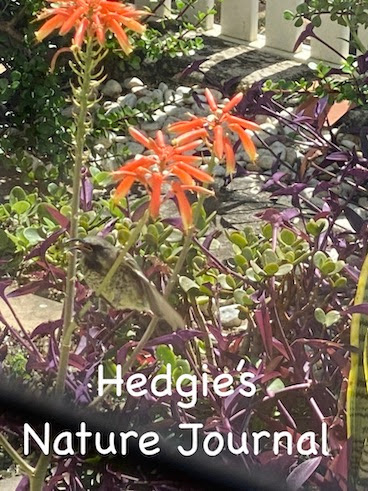Two eggs were laid by the Walter Sisulu Botanical Garden’s resident Black Eagle pair during May 2012. The eggs hatched in early June after an incubation period of 44 to 45 days and two chicks emerged four to five days apart.
The sad reality is that only a single chick will grow to adulthood. The reason for this being a phenomena called Cainism (or in other words a Cain and Abel struggle) whereby the stronger of the two chicks (usually the oldest (Cain), attacks and eventually kills and devours its sibling (Abel) after a 3 to 4 day struggle. The first chick, being the older and the stronger, will intercept the food offered by the female. The male provides most of the food while the chick is in the nest while the female feeds the young chick during the early stages and also defends the nest. The chick will grow into a handsome golden/brown juvenile eaglet.
The gardens are situated in Roodepoort (Gauteng, South Africa) and fifteen eagle-generations have passed since the Black eagles (Verreaux’s eagles) were discovered in the Garden - I have been following the life of these two Black Eagles (Verreaux’s (Black) Eagles) for many years. Over the past 30 years Emoyeni, the female, has produced a chick every second year or even annually at times. In Nov 2011, Mbuso, their last juvenile Black Eagle chick, left the Garden to establish his own territory.

Mbuso
The Black Eagles on their nest
The webcam focusing on the nest
The male circling the nest
For more interesting info visit the website or view the eagles via webcam or alternatively view them on TV at the Garden entrance.
PS : You can read all the Black Eagle articles in the menu on the left - they are all coloured RED
PS : You can read all the Black Eagle articles in the menu on the left - they are all coloured RED
::














